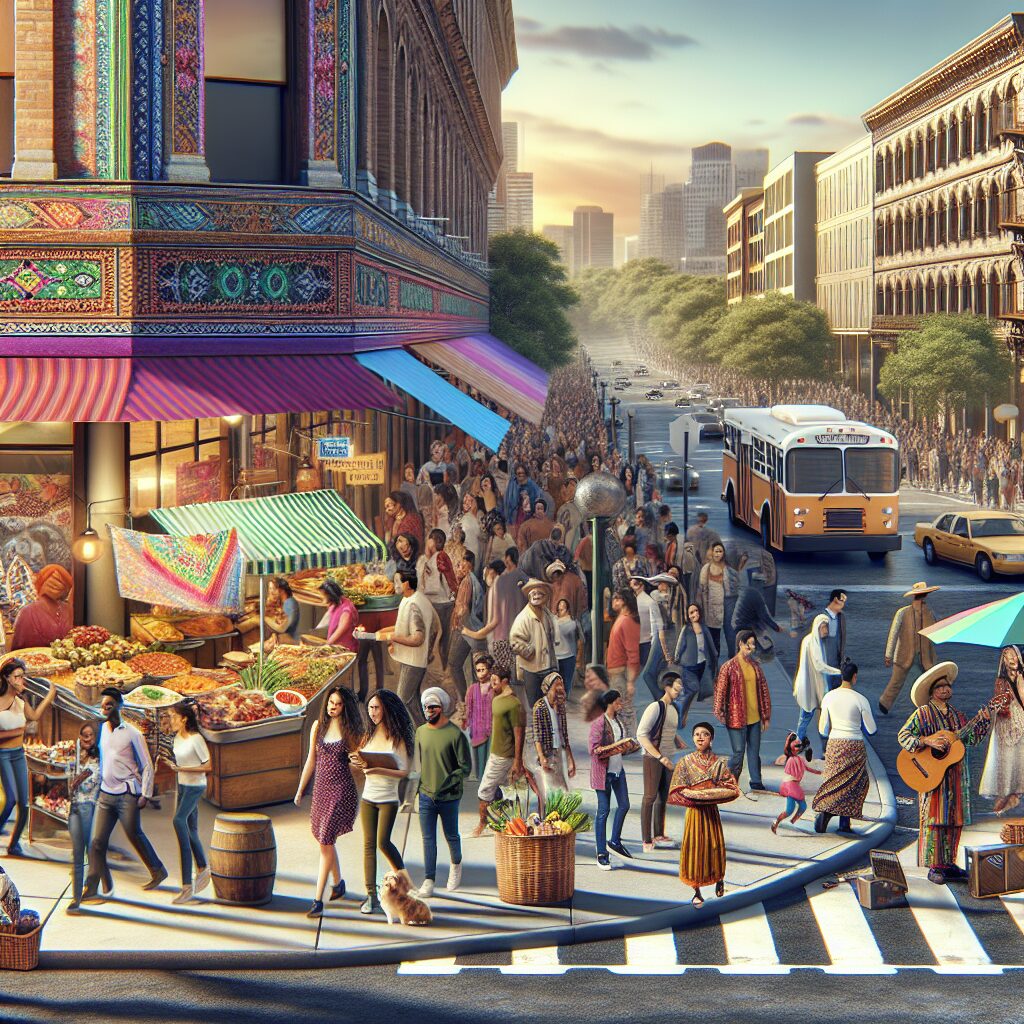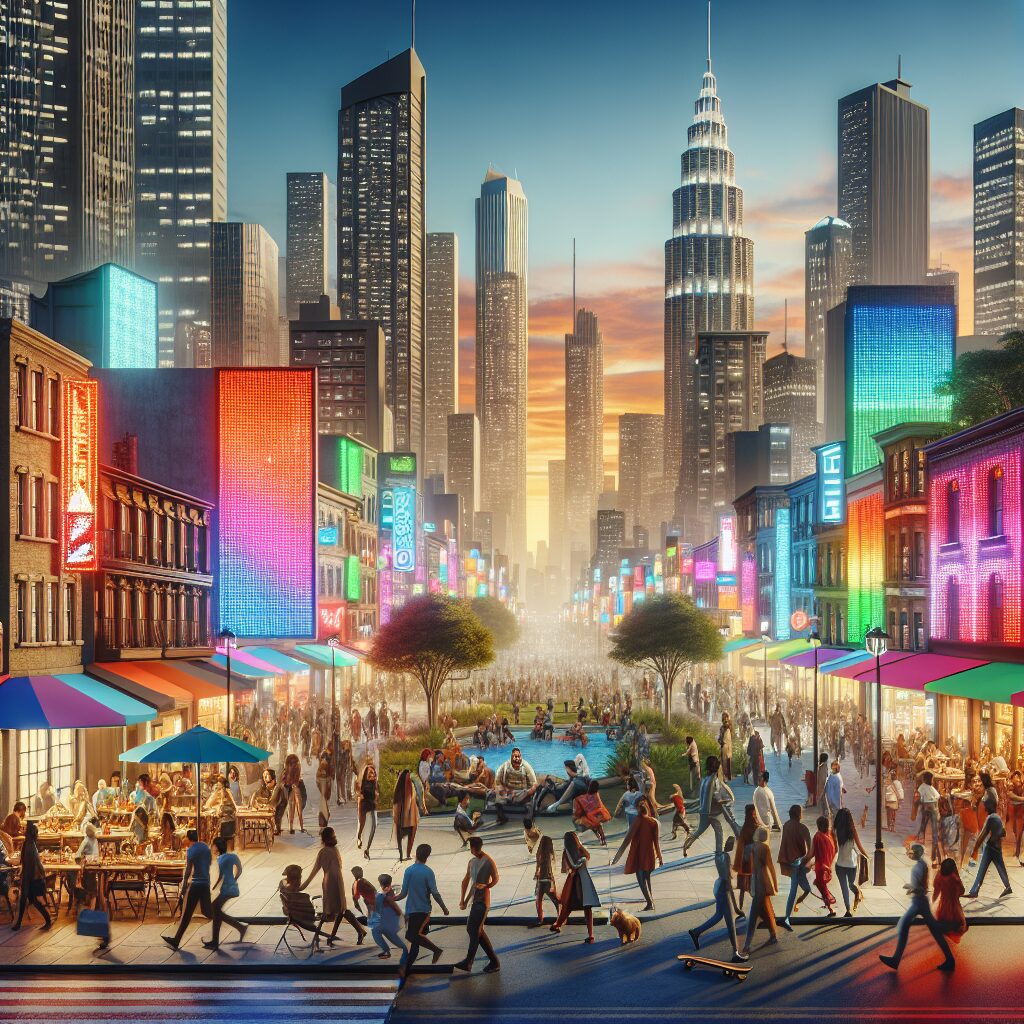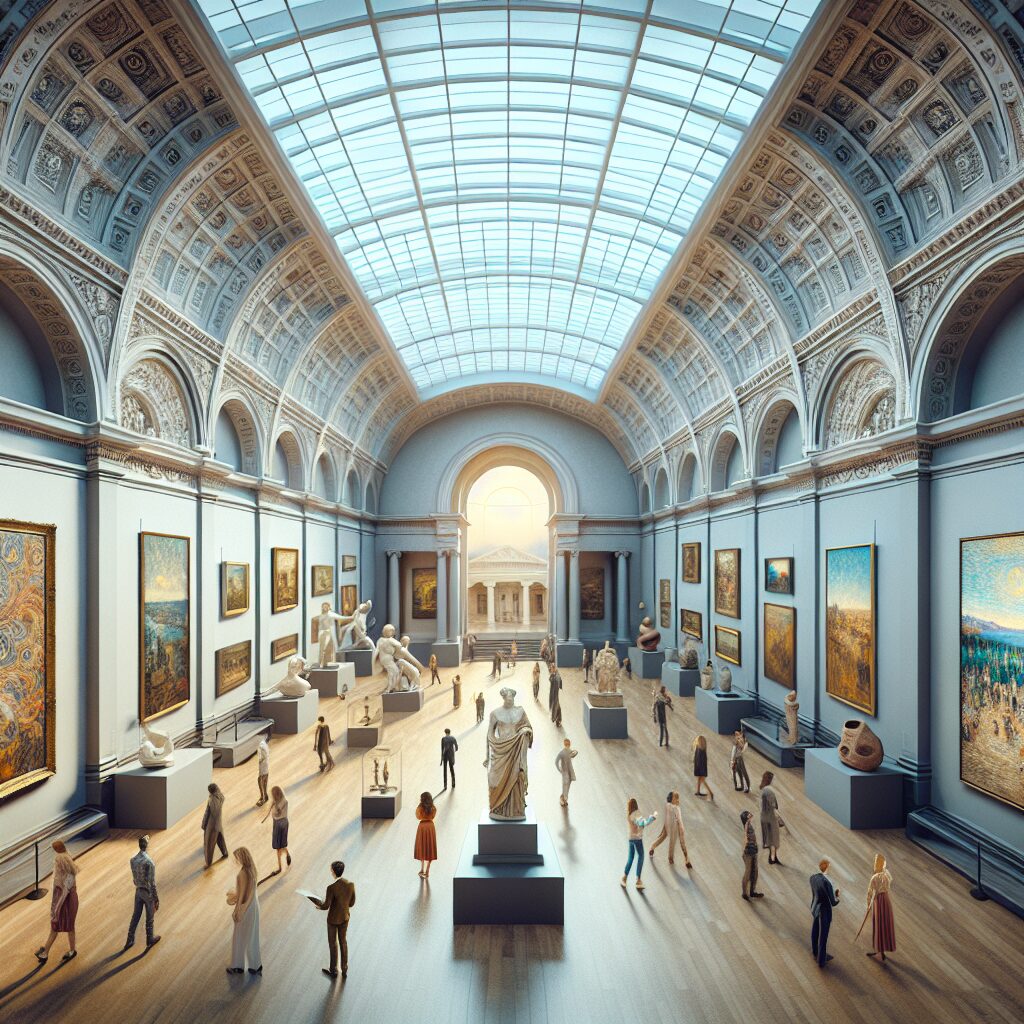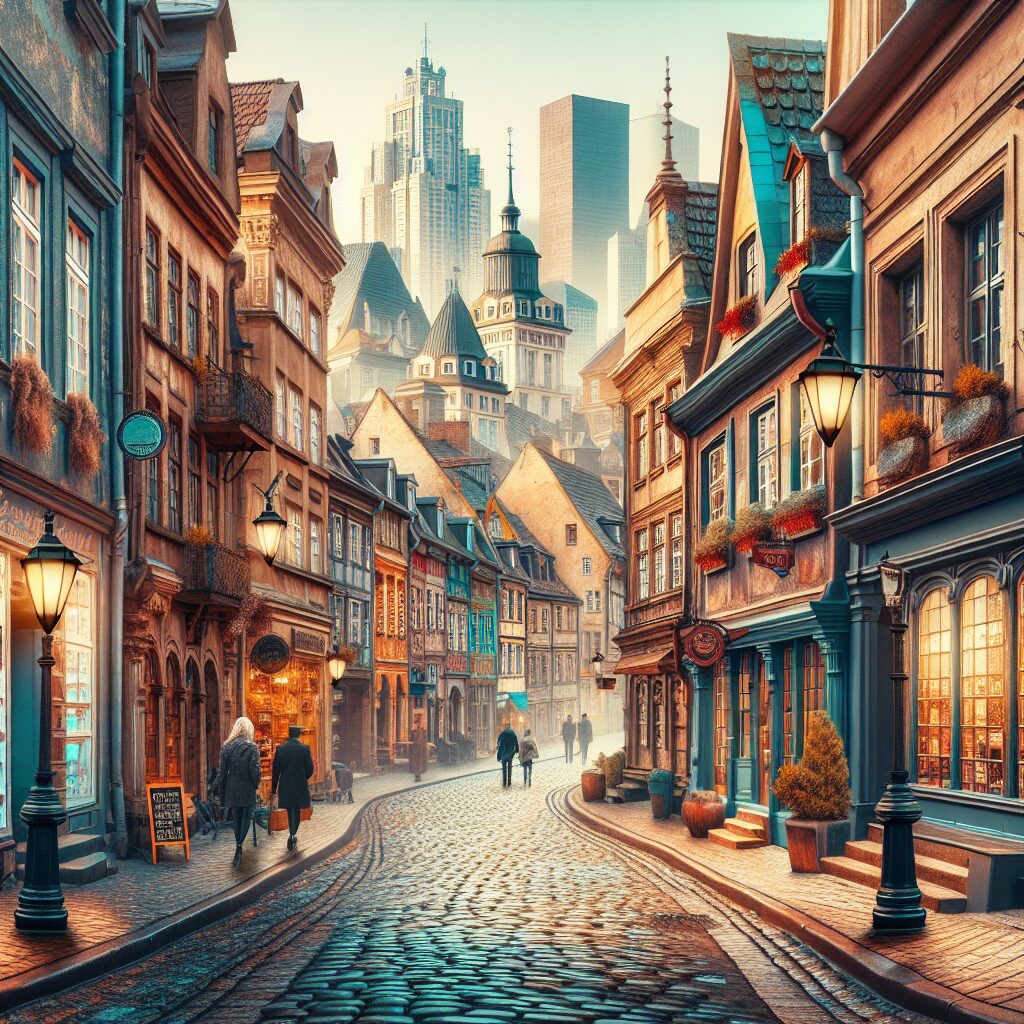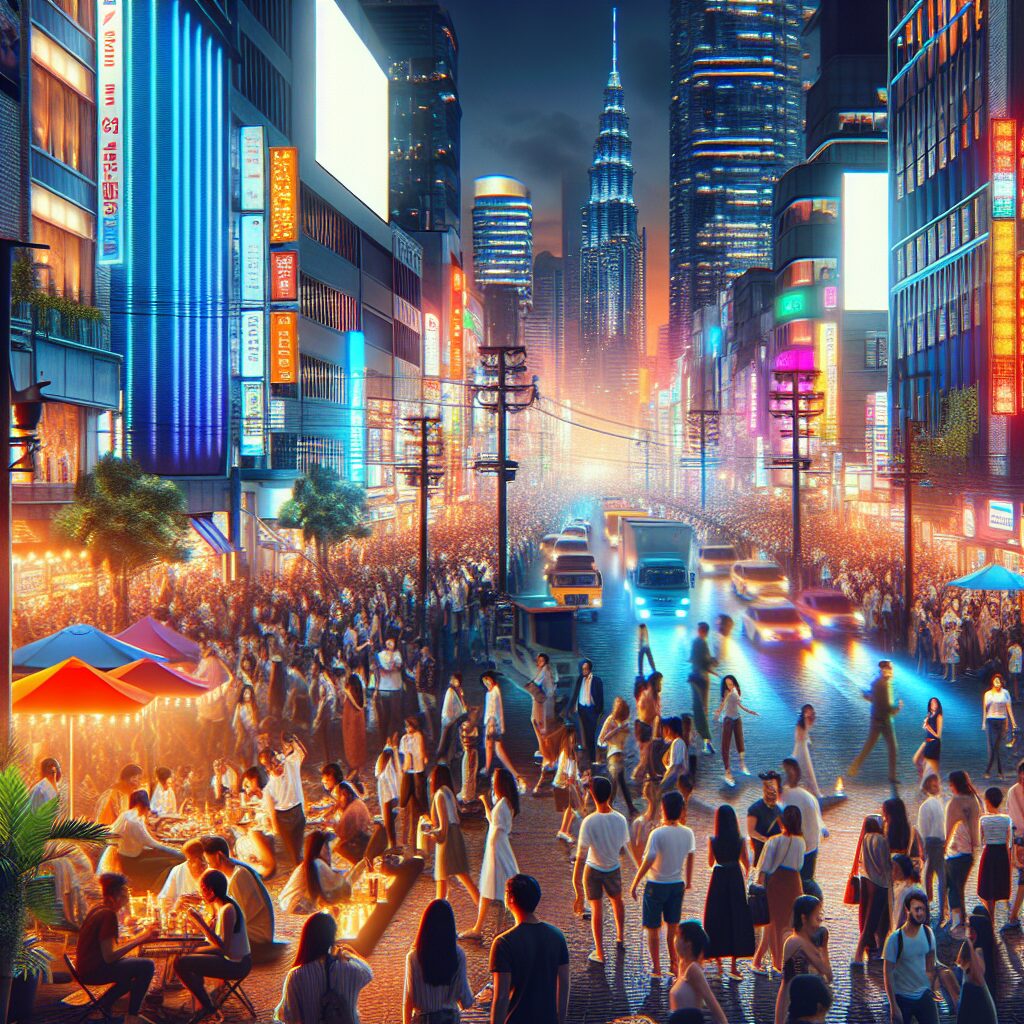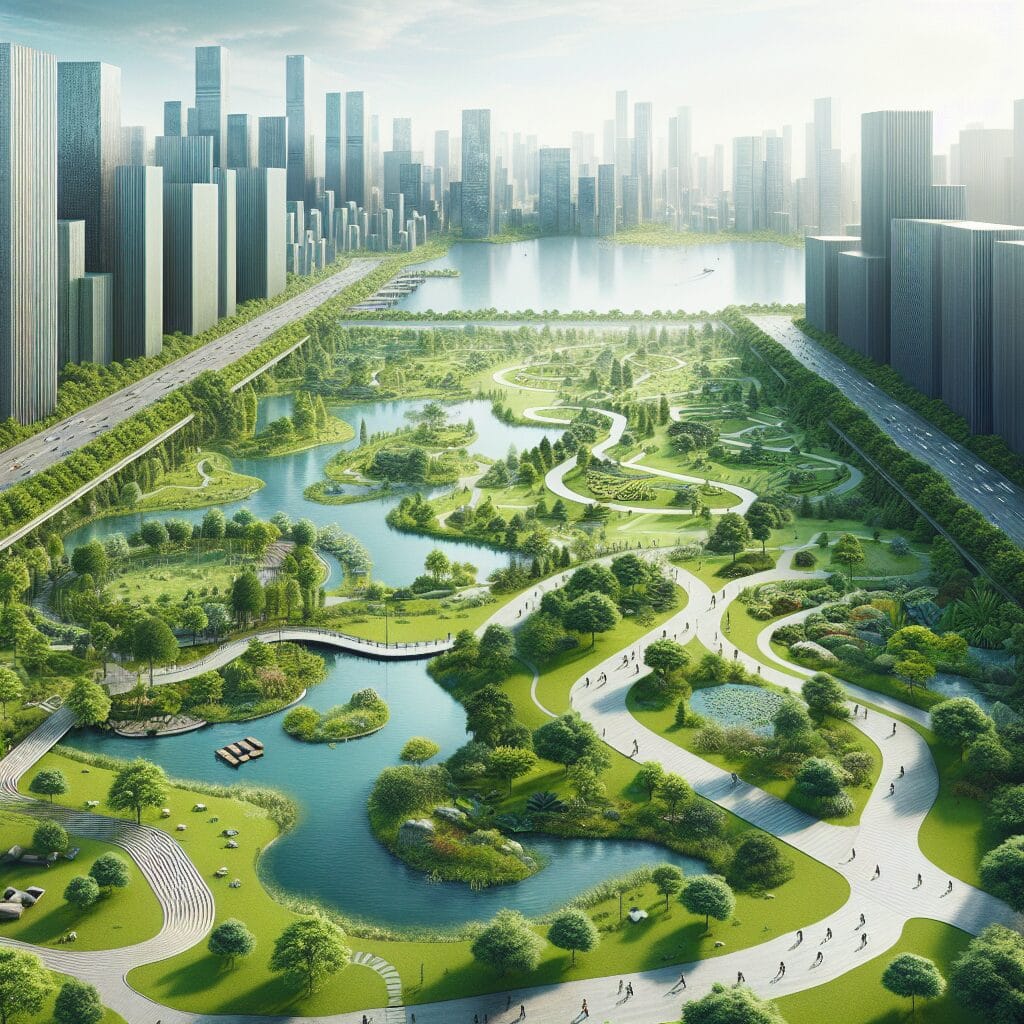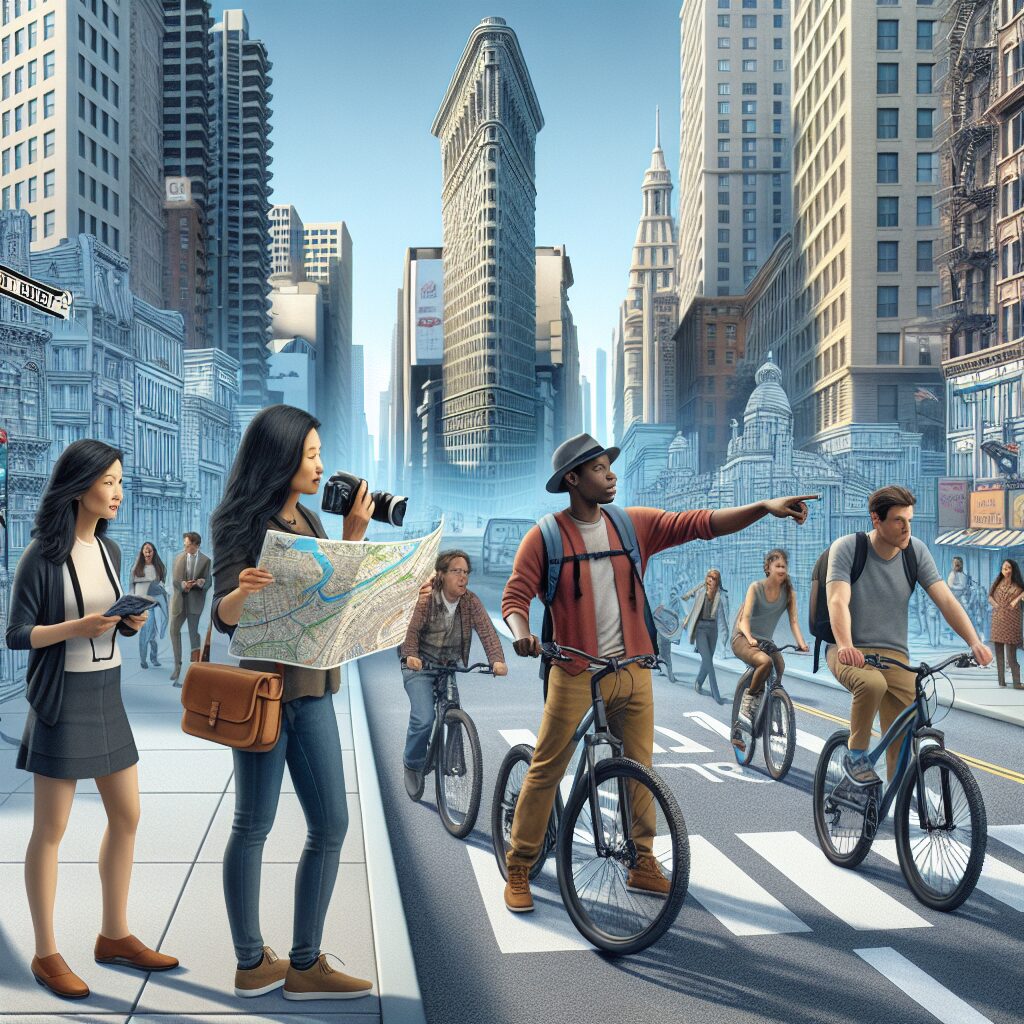Capturing Cityscapes: Photography Tips is a guide aimed at enthusiasts and professional photographers alike, who are yearning to explore and master the art of cityscape photography. Cityscapes offer a captivating blend of towering skyscrapers, bustling streets, and illuminated landmarks, providing endless opportunities for striking and memorable images. With the right techniques and equipment, photographers can immortalize the vibrant energy and architectural grandeur of cities, enabling viewers to experience the sights and sounds through their lenses.
One unique aspect of cityscape photography is the challenge of capturing the dynamic nature of urban landscapes. Unlike other genres of photography, cityscapes depict a living and breathing environment, constantly evolving with changing seasons, weather conditions, and even daily routines. The interplay of natural and artificial light, along with the movement of people and vehicles, adds depth and complexity to each frame. These distinctive elements require photographers to possess a keen eye for composition, an understanding of exposure settings, and an ability to anticipate and capture fleeting moments.
In the upcoming sections of this article, we will delve into the key takeaways that will help you elevate your cityscape photography. We will explore indispensable techniques such as finding the perfect vantage point, utilizing leading lines and reflections to enhance visual impact, and harnessing the magic of golden hour and blue hour for stunning results. Additionally, we will discuss the importance of post-processing in cityscape photography, as well as tips for overcoming common challenges faced in this genre. By the end of this article, you will be equipped with the necessary knowledge and skills to unlock the full potential of capturing cityscapes through your lens. So, let’s embark on this photographic journey and uncover the secrets behind creating breathtaking cityscape images.
Key Takeaways
1. Understand the city’s unique character: To capture compelling cityscape photos, it is vital to immerse oneself in the city’s essence. Observe the architecture, the people, and the energy of the place to showcase its distinctive character in your images.
2. Timing is key: Timing is crucial when photographing cityscapes. Depending on the desired mood, consider shooting during the “golden hour” at sunrise or sunset, or experiment with nighttime photography to capture the city’s vibrant nightlife and dazzling lights.
3. Composition is everything: Pay attention to composition to create visually striking cityscape photos. Use leading lines, such as roads or buildings, to guide the viewer’s eye through the image. Also, apply the rule of thirds and experiment with different angles and perspectives to add dynamism to your shots.
4. Master exposure and depth of field: Having control over exposure is essential to capture well-balanced cityscape photos. Experiment with the aperture to control the depth of field and achieve sharp focus in the foreground and background. Additionally, use different exposure techniques, such as bracketing or long exposure, to capture various lighting conditions and create unique effects.
5. Experiment with post-processing: The post-processing stage can greatly enhance your cityscape images. Utilize software like Adobe Lightroom or Photoshop to fine-tune color balance, contrast, and sharpness. Play around with different editing styles to evoke the desired mood or atmosphere, and don’t be afraid to experiment and develop your own signature editing style.
How to Capture Stunning Cityscapes: Essential Photography Tips?
Prepare Your Gear
Before heading out to capture cityscapes, make sure you have the right equipment. A sturdy tripod is essential for keeping your camera steady during long exposures. Wide-angle lenses are perfect for capturing the expansive city skyline. Additionally, carry spare batteries and memory cards to avoid any interruptions during your shoot.
Perfect Your Composition
Composition plays a crucial role in cityscape photography. Look for interesting elements such as leading lines, symmetrical structures, or unique patterns. Experiment with different angles and perspectives to capture the essence of the city. Pay attention to foreground elements that can add depth and dimension to your photos.
Timing is Everything
Choosing the right time to photograph cityscapes can significantly impact the mood and atmosphere of your shots. Consider shooting during the golden hour, which occurs just after sunrise or before sunset. The soft, warm light during this time can enhance the beauty of the cityscape. Additionally, nighttime shots can create stunning images with the city lights illuminating the skyline.
Master Long Exposures
Long exposures can result in breathtaking cityscape photographs. Experiment with longer shutter speeds to capture motion and create light trails from passing cars or moving clouds. Use neutral density filters to control the amount of light entering your camera and extend the exposure time. Ensure your camera is stable on a tripod to avoid any camera shake.
Post-Processing Techniques
Once you’ve captured your cityscape images, post-processing can further enhance their visual impact. Use software like Adobe Lightroom or Photoshop to adjust the exposure, contrast, and colors. Fine-tune the sharpness and eliminate any distractions or unwanted elements. Don’t overdo it; aim for a natural and balanced final result that accurately represents the cityscape.
Share and Seek Feedback
Sharing your cityscape photographs is an excellent way to showcase your work and receive valuable feedback from the photography community. Join online platforms or social media groups dedicated to cityscape photography, where you can interact with fellow photographers and learn from their experiences. Embrace constructive criticism to improve your skills and refine your artistic vision.
Guides for Capturing Cityscapes: Photography Tips
- What are the essential camera settings for capturing cityscapes during different times of the day?
- How can foreground elements enhance the composition of cityscape photographs?
- What are the best techniques for capturing light trails during nighttime cityscape photography?
- Which software is recommended for post-processing cityscape images?
- How can you effectively share and receive feedback on your cityscape photography?
Frequently Asked Questions
1. What camera settings should I use for capturing cityscapes?
When capturing cityscapes, it’s recommended to use a narrow aperture (higher f-stop like f/11 or f/16) to achieve a larger depth of field, allowing more of the scene to be in focus. Additionally, using a low ISO and a tripod will help capture sharp details and prevent camera shake.
2. How can I add more creativity to my cityscape photography?
To add more creativity to your cityscape photography, experiment with different angles and perspectives. Look for unique vantage points, such as rooftop viewpoints or bridges, to capture the city from a fresh perspective. Incorporating elements like reflections, leading lines, and framing can also enhance the overall composition.
3. Should I shoot cityscapes during daytime or nighttime?
Both daytime and nighttime can offer unique opportunities for cityscape photography. During the daytime, you can capture vibrant colors and details, while nighttime offers the chance to capture the city’s lights and create stunning long exposure shots. It ultimately depends on the specific look and mood you want to convey in your photographs.
4. How can I effectively capture the hustle and bustle of the city in my photos?
To effectively capture the energy and liveliness of a city, consider using slower shutter speeds to create motion blur of people or vehicles passing by. This technique can convey a sense of movement and activity. Additionally, choosing busy streets or popular landmarks as your subjects can help emphasize the bustling atmosphere.
5. What are some tips for capturing cityscapes in challenging lighting conditions?
In challenging lighting conditions, such as bright sunlight or low light situations, it’s important to adjust your exposure accordingly. Use the exposure compensation feature or manual mode to ensure proper exposure. Utilizing HDR (High Dynamic Range) photography or bracketing can also help capture a wider range of tones in high contrast scenes.
6. Are there any specific camera accessories that are helpful for cityscape photography?
While not essential, certain accessories can greatly improve your cityscape photography. A sturdy tripod is essential for achieving sharp images, especially during long exposures. Additionally, a wide-angle lens can be very beneficial for capturing expansive cityscapes and fitting more into the frame.
7. How can I enhance the post-processing of my cityscape photographs?
In post-processing, using software like Adobe Lightroom or Photoshop, you can enhance the colors, contrast, and details of your cityscape photographs. Experiment with different editing techniques, but ensure not to overdo it. Always aim for a natural and balanced look that accurately reflects the scene you captured.
8. What composition guidelines should I follow when photographing cityscapes?
When composing your cityscape photographs, the rule of thirds is a useful guideline. Try placing key elements of interest, such as buildings or landmarks, along the imaginary gridlines or at their intersections. Additionally, leading lines, such as roads or bridges, can help draw the viewer’s eye into the image and create depth.
9. Is it necessary to shoot cityscapes in RAW format?
Shooting in RAW format provides greater flexibility for post-processing and allows you to retain more details in the image. While it’s not necessary, shooting in RAW can be advantageous for cityscape photography, particularly if you plan to edit your photographs extensively or print them in large formats.
10. How can I create a unique and personal style in my cityscape photography?
Creating a unique and personal style in cityscape photography takes time and experimentation. Pay attention to the elements that catch your eye or inspire you in each cityscape and try to incorporate them consistently in your photographs. Develop your own editing techniques, color preferences, and approach to composition to establish a distinct style.
Final Thoughts: Capturing Cityscapes: Photography Tips
Capturing cityscapes through photography can be a rewarding and creative endeavor. By understanding camera settings, composition techniques, and post-processing skills, you can elevate your cityscape photographs to new heights. Remember to experiment, explore different perspectives, and develop your own style to truly capture the essence and personality of each city you encounter.
Cityscapes offer an endless array of subjects and visual stories. Whether you’re shooting during the day or exploring the charm of city lights at night, there’s always an opportunity to capture something special. Embrace the hustle and bustle, the architectural marvels, and the unique characters that define each cityscape. With patience, practice, and an open mind, your cityscape photography can become a powerful tool for storytelling and a source of inspiration for others.




